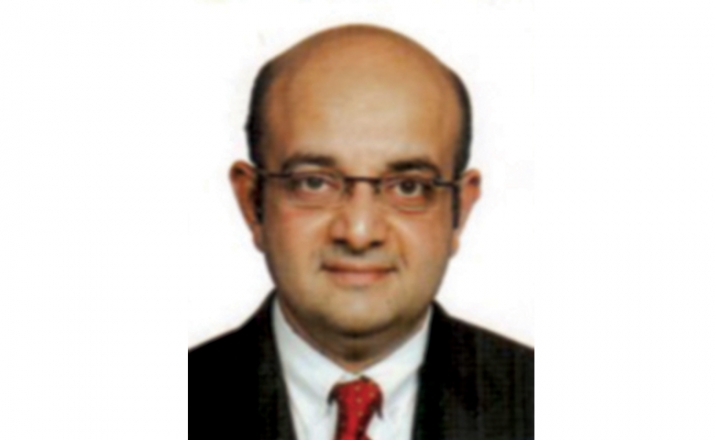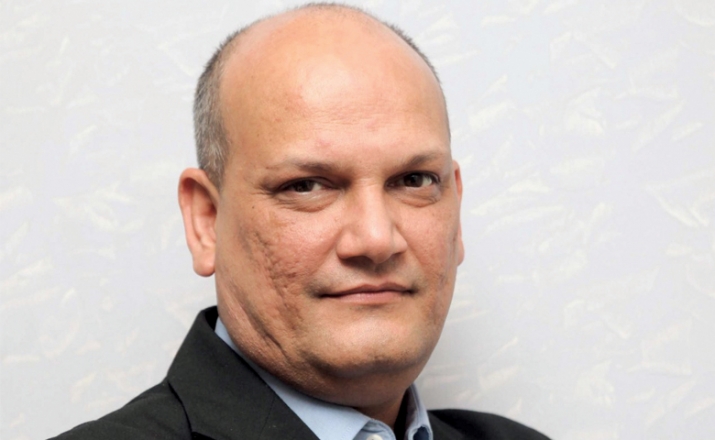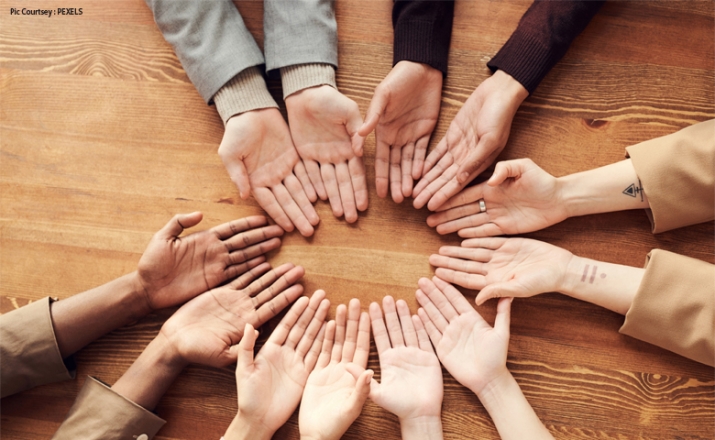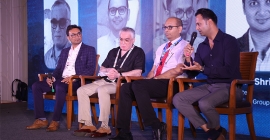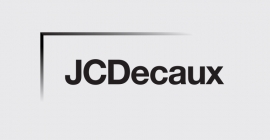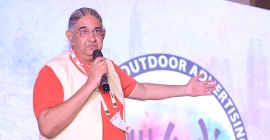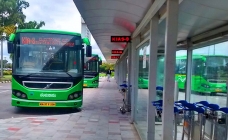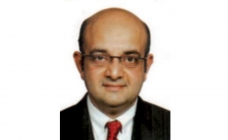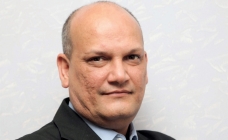‘A strong trade body would help the industry wade through troubled waters’
By N Jayalakshmi - August 27, 2021
What is the role of an industry body at a time when business is limping back to normalcy post pandemic? Outdoor Asia reached out to media owners to get their views on the role of a national or regional trade body in supporting the OOH industry’s growth, in terms of these four aspects: A. Policy Policy advocacy and discussions with regulations B. Access to technologies and digitalisation of OOH C. Training/retraining of OOH professionals and D. Discussions with OOH planners and buyers on brand engagements, campaign durations, timely payments, etc. Here is the first part of their take.
I. Policy advocacy and discussions with regulators
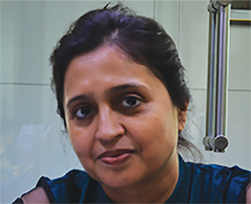 Neeta Gulati, Director, Alakh Advertising & Publicity
Neeta Gulati, Director, Alakh Advertising & Publicity
These are unprecedented times and industries are passing through one of most critical periods of economic difficulty. In these tough times what businesses in general are looking for is a sympathetic outlook from the governing bodies in general and there is a critical need for governmental support. What we have really got is just empty words and not much concrete help. Actually they should recognise the unprecedented economic distress, declare it as ‘Force Majeure’ and extend rebates and reliefs, which can turn these challenging times easier to deal with and for business to stay afloat. A strong trade body thus would be of utmost importance for the industry to wade through these troubled waters.
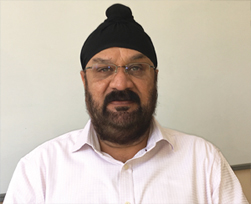 Manmohan Singh, Owner, Popular Advertisers
Manmohan Singh, Owner, Popular Advertisers
Since there are so many different regulations, an apex industry body is definitely something we need. Policies are not similar in every place, but if we had similar policies and guidelines across the country then we would have better standardisation. But we also need more representation from across the industry in IOAA. We need to have regional offices of IOAA; it’s too centralised right now. If there are chapters across regions, then it would help in making the support percolate down. People will be more comfortable when they know that at the local level there is somebody to help them.
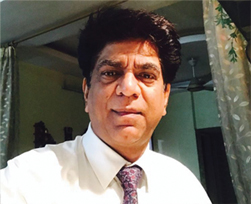 Anoop Khanna, CEO, Priya Communication
Anoop Khanna, CEO, Priya Communication
We are going through a very difficult period post pandemic, but the Municipal Bodies have not given any relaxation to our businesses in terms of waiver of the license fee, tax relief, etc. In some states, the government is very proactive in terms of giving relief measures. But in Assam the government has not granted anything so far, so here the role of a national body comes into play. There are advertising associations in the region but they have not been able to push ideas. If a national body like the IOOA can have branches all over and they can centrally communicate to the Municipal Corporations, then it will make sense and carry a lot of weight.
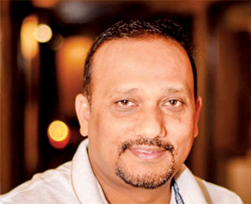 Rajesh Jain, MD, Decode Advertising
Rajesh Jain, MD, Decode Advertising
There is no regional body as such that can take care of the interests of the industry. In a city like Chandigarh there are multiple outdoors tenders floated by different bodies like the Municipal Corporation, Chandigarh Housing Boards and the Smart City wing. Different tenders are running on different terms and conditions and obviously on different rates and that is a challenge for an agency.
There is need for a common body that can ensure uniformity. Just as the print media has the INS, OOH also requires a common body.
II. Access to new technologies and digitalisation of OOH
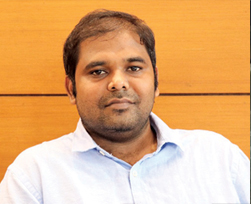 Madan Seeni, Director, The Brand Sigma
Madan Seeni, Director, The Brand Sigma
There is considerable variety in the DOOH formats available in the Indian markets. The D in DOOH not only stands for ‘digital’, but also the ‘dynamism’ it brings to the oldest communication medium. But the dynamic digital medium needs more education among all concerned stakeholders and collaboration among them. With access to more locations, audience data, feasibility of playing dynamic content along with a method for standard and real time verification of the campaign delivery, inclusion of DOOH will prove more effective and efficient for any brand/advertiser.
There are global learnings and technology available to build models for measuring DOOH and moving towards impression-based buys. In India, DOOH in public places needs large investment, supporting infrastructure and regulatory interventions which are entry barriers. Slowly but steadily DOOH footprints are beginning to emerge beyond metros as well, though it will take some time for the industry to adapt to digitalisation of OOH. And it is pertinent to note that while digital technologies are rapidly evolving, there is lack of sufficient expertise in the OOH space to leverage those technologies for business growth. So an industry body can facilitate access to expertise.
Neeta Gulati
We live in an era of digitisation and every day sees upgrades and new technology coming into the workplace and entering our homes too. Similarly new technologies have come up in the OOH arena and bring in nuances to convert outdoors into programmatic DOOH. These technologies will go a long way to give OOH the much needed client attention and advertising spends.
Manmohan Singh
DOOH is fine for bigger cities and locations, but I think it’s being pushed too hard, considering that tier-2, tier-3 towns have very few places where DOOH is appropriate and we have very few buyers of such media. End of the day, it is more expensive than regular media. So, while these specialisations are affordable for the larger business houses, what about the smaller players? There are a large number of small players who may not be able to afford the kind of investments needed for these kind of media being propagated. So this needs to be balanced and there has to be equal representation. An industry body or association can play a role here, because end of the day an association is meant to take everyone along. The body can issue guidelines for implementation of such digital initiatives and take into account smaller players in tier 2-tier 3 towns.
Anoop Khanna
Advertising policies were drafted years ago, before digital came into the picture and all the states have different advertising policies. But a national body like IOAA could bring in some guidelines to include DOOH as well. New guidelines can be added to the existing ad policy and they can come from a single national body.
Also, very often media owners are at a loss when it comes to sourcing their DOOH solutions. A national body can have a few manufactures and software solution providers empaneled with them so that media owners know where to go to and there is also uniform pricing. This will make DOOH more acceptable. So the national body should play a very proactive role and act as a big brother if they want to promote DOOH and initiate regular interactions to address different aspects of the digital media.

Stay on top of OOH media trends

